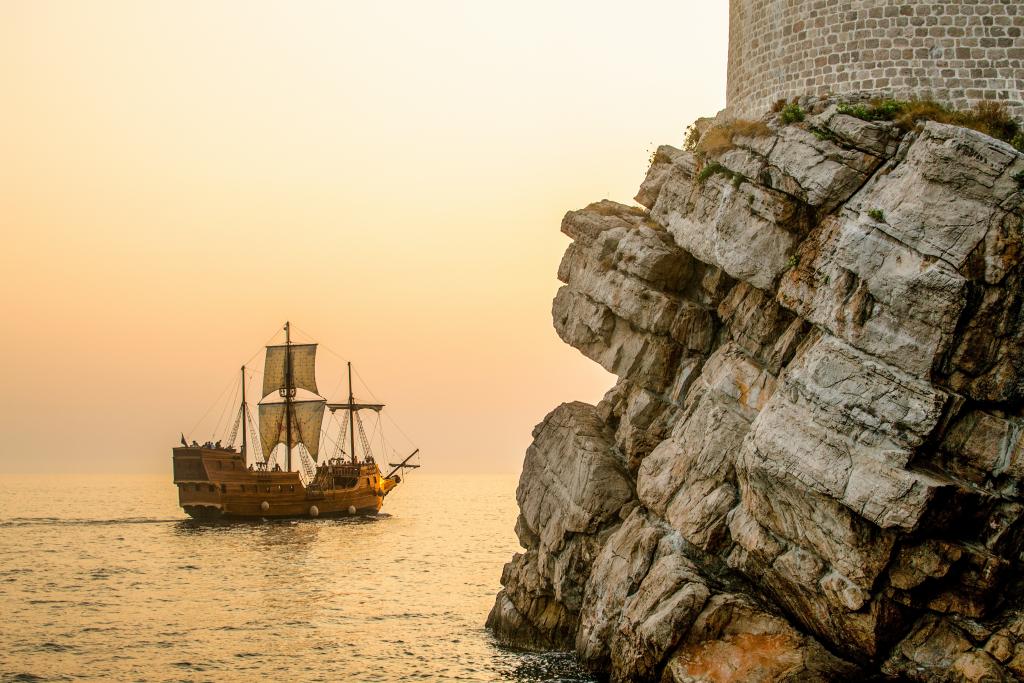
The history of piracy is often romanticized in literature and films, conjuring images of swashbuckling rogues and buried treasure. Yet, piracy had real economic and security implications, especially along the United States coastlines during various periods. Let’s delve into some of the most notorious beach areas in the U.S. that were once frequented or controlled by pirates, shedding light on a dark but fascinating facet of American history.
North Carolina’s Outer Banks: Blackbeard’s Refuge
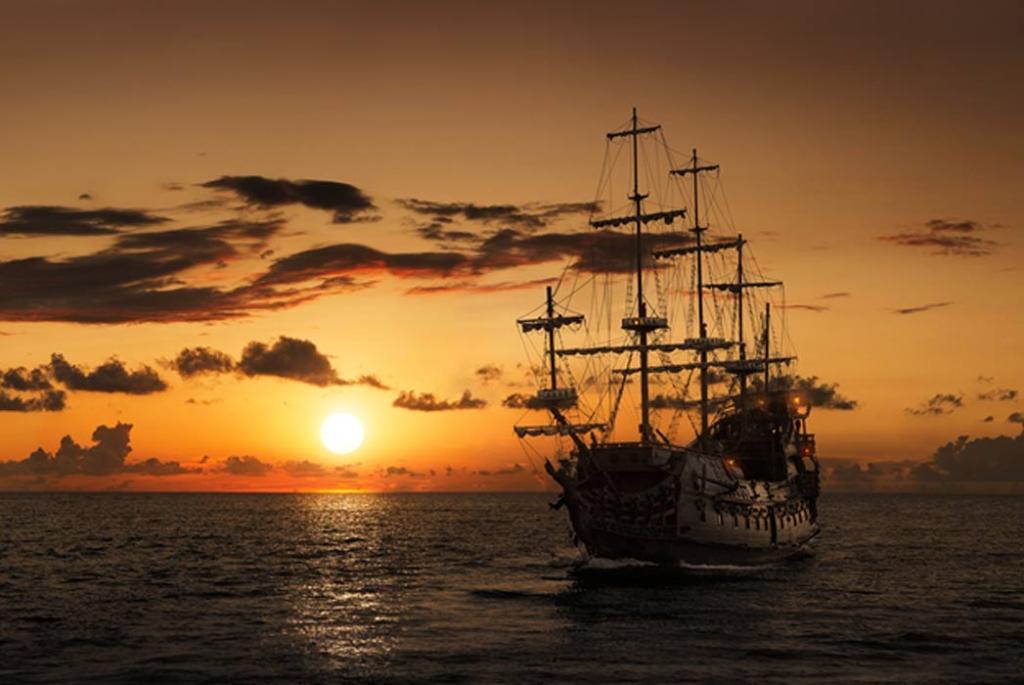
One of the most notorious pirates in history, Edward Teach, better known as Blackbeard, found a haven in North Carolina‘s Outer Banks in the early 18th century. The Outer Banks provided a tactical advantage due to its shallow inlets, making it difficult for larger naval vessels to maneuver. Blackbeard’s ship, the Queen Anne’s Revenge, sank near Beaufort Inlet, solidifying the area’s reputation as a pirate stronghold.
Galveston and New Orleans: Lafitte Enclave
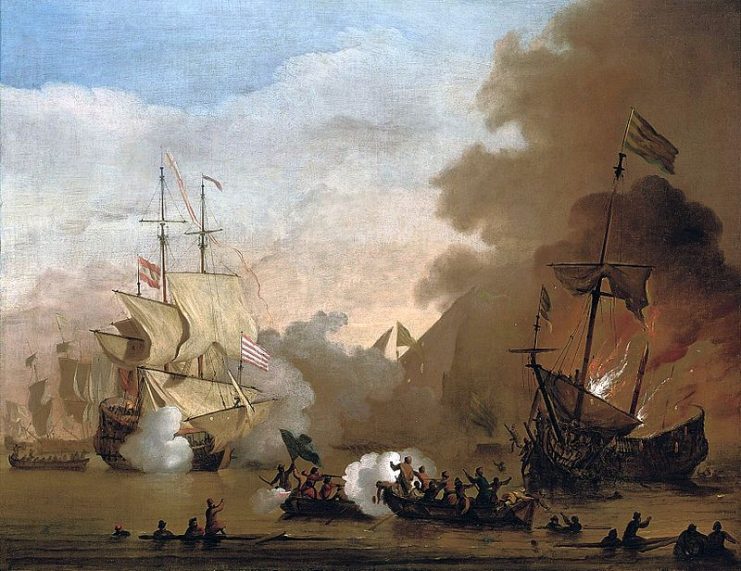
The pirate activity was not confined to the Eastern Seaboard; the Gulf of Mexico also had its share of pirate strongholds. Jean Lafitte, a pirate and privateer, operated in and around Galveston, Texas, and New Orleans, Louisiana, during the early 19th century. Lafitte’s operations were so extensive that he was viewed as a menace and a necessary evil, eventually aiding the United States in the Battle of New Orleans during the War of 1812.
Florida Keys: Pirate Haven and Later Tourist Destination
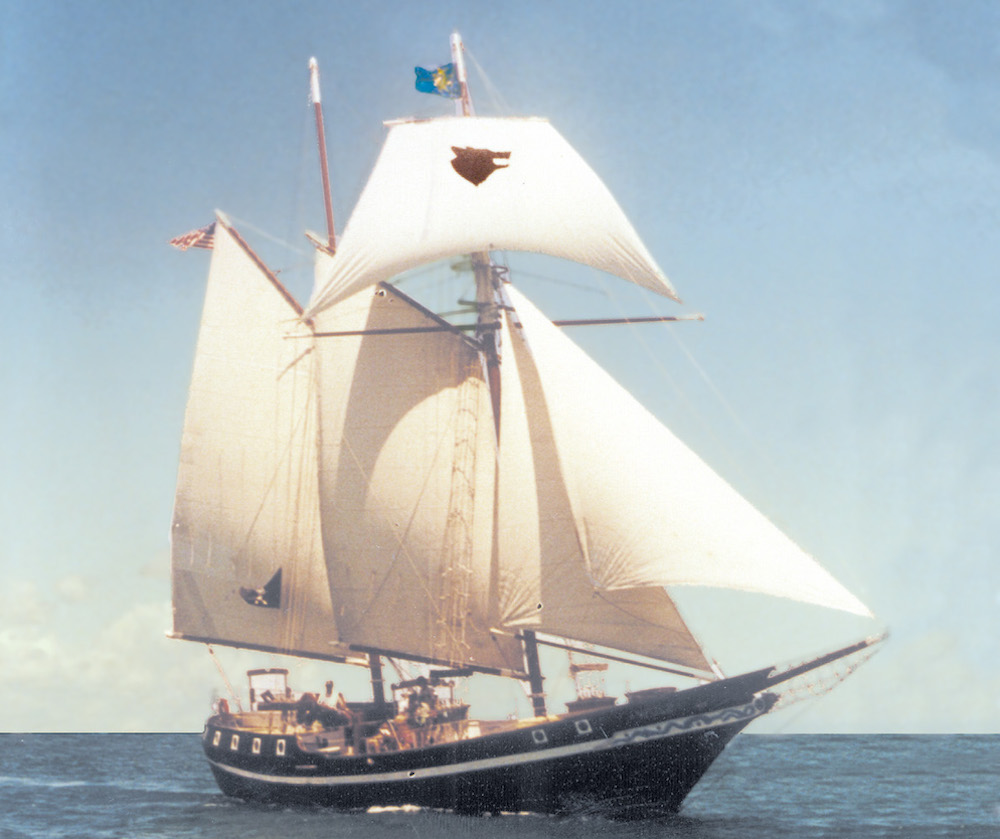
Florida’s proximity to the Caribbean made it an attractive location for pirates. The Florida Keys, specifically Key West, were known for both piracy and “wrecking,” a form of piracy where locals would lure ships onto the reefs to plunder them. Interestingly, the features that once made these areas suitable for piracy have turned them into modern-day tourist attractions.
Tampa Bay: José Gaspar’s Pirate Bastion
On Florida’s west coast, Tampa Bay also played a role in the pirate legacy. Notably, José Gaspar, purportedly the last of the buccaneers, is said to have operated around Tampa Bay during the late 18th and early 19th centuries. While accounts of Gaspar are largely considered folklore, his alleged activities are commemorated annually in Tampa’s Gasparilla Pirate Festival. This suggests that even if Gaspar’s story may be more myth than fact, Tampa Bay’s links to piracy are deeply embedded in the local culture.
Nassau, Bahamas: The Pirate Republic
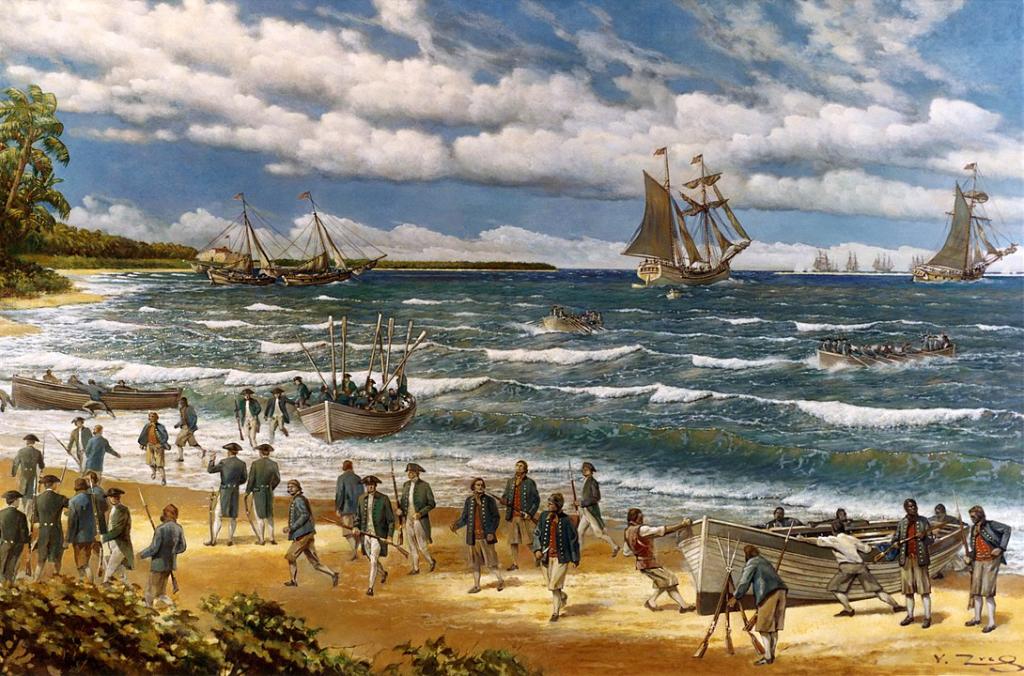
While not directly a U.S. beach, Nassau in the Bahamas was a pivotal base of operations for pirates who roamed the Eastern Seaboard, including the Carolinas and Florida. Pirates like Charles Vane and Calico Jack Rackham set up what was known as the “Pirate Republic,” a loosely organized community of pirates that thrived between 1715 and 1718. Its proximity to the American coastline significantly threatened U.S. maritime interests.
The history of pirate activity along U.S. coastlines is a testament to the complex interplay between geography, politics, and crime. While these pirates were undoubtedly outlaws, their actions were often tangled up with more significant geopolitical issues of their time. Today, these once-dangerous areas have evolved into tourist destinations, yet the legends and history of their pirate past continue to captivate the imagination.

